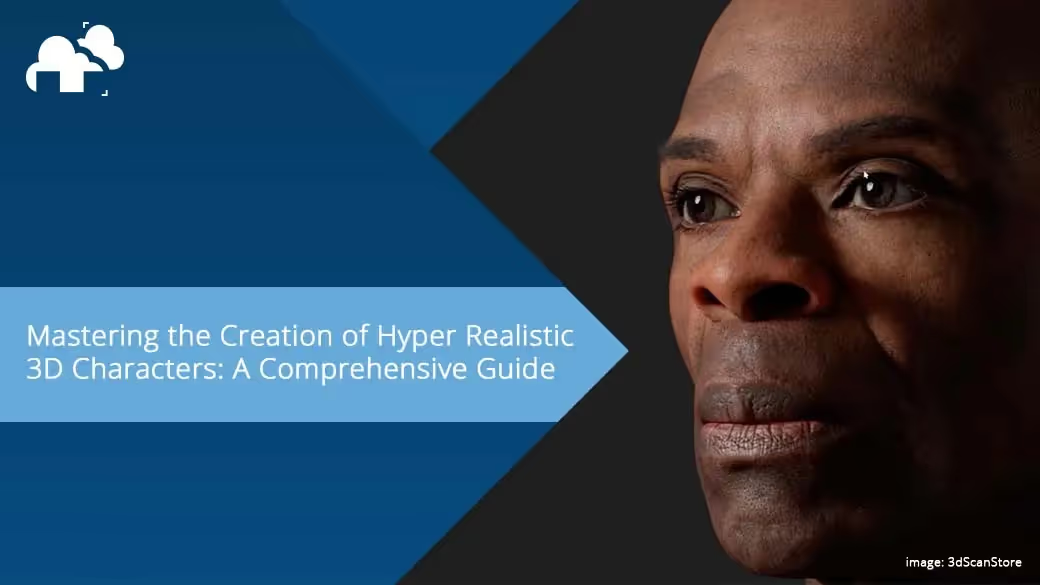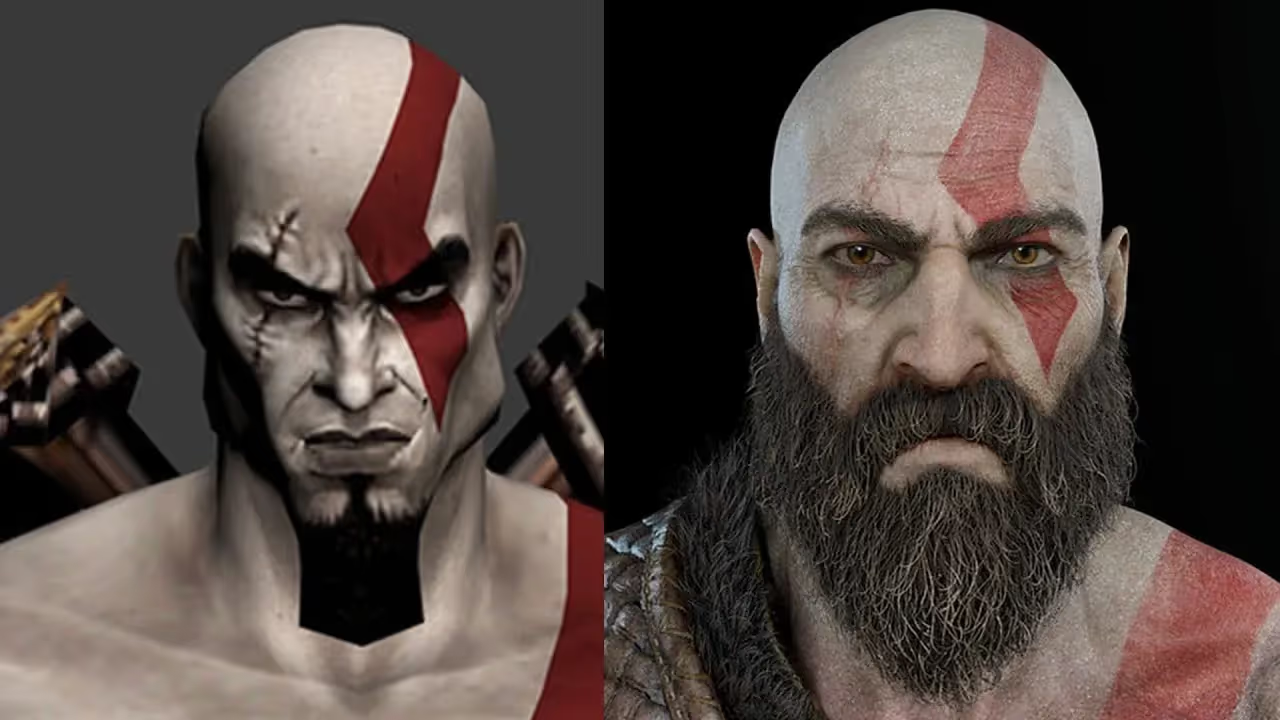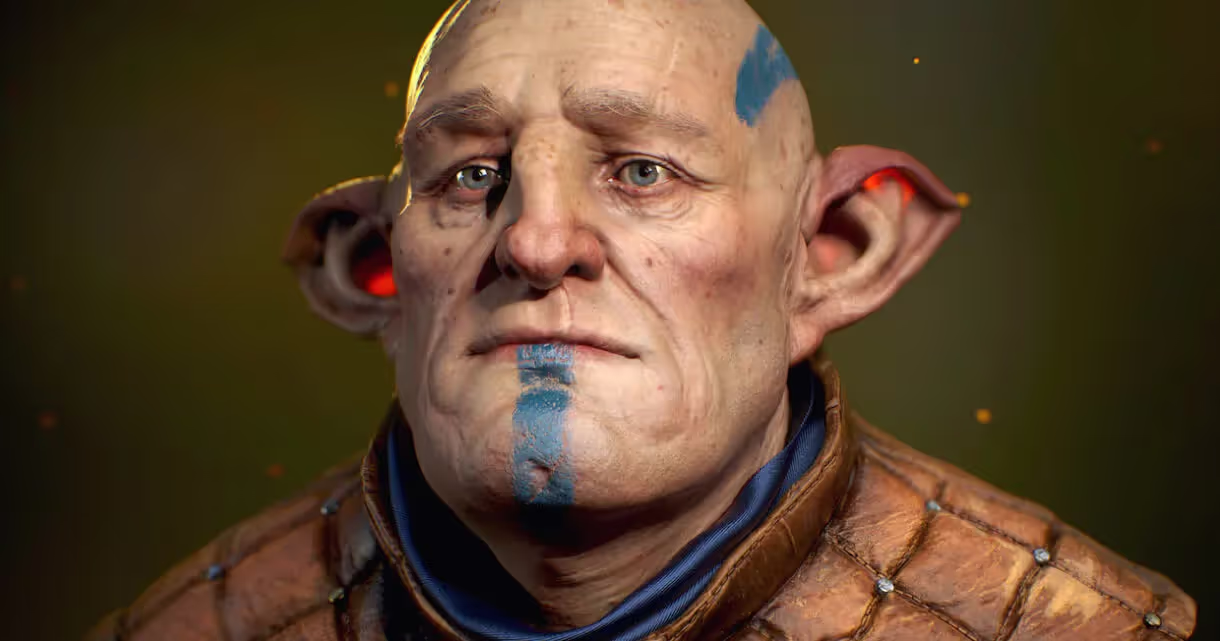
Creating hyper-realistic 3D characters is a pinnacle of digital artistry, requiring a blend of artistic talent and technical expertise. These characters, whether for video games, films, or virtual reality, demand a meticulous approach to ensure every detail, from skin texture to hair strands, mirrors reality. This guide delves into the techniques, technologies, and trends shaping hyper-realistic character design.
Hyper-realism in 3D character design refers to the creation of digital characters that are virtually indistinguishable from real human beings. This level of realism involves precise attention to anatomical correctness, detailed texture mapping, lifelike animations, and sophisticated rendering techniques. The goal is to achieve a visual fidelity that can fool the human eye into perceiving a digital character as a real person.
The journey to hyper-realistic characters has been fueled by advancements in software, hardware, and creative methodologies. Early 3D characters, characterized by their simplistic and often cartoonish features, have evolved through enhanced computational power and innovative software capabilities. Today, tools like Unreal Engine’s Metahumans, ZBrush, Blender, Maya, and Cinema 4D empower artists to generate high quality base meshes and sculpt intricate details and textures that were once impossible.

Sculpting is the cornerstone of 3D character creation. Tools like ZBrush offer dynamic sculpting techniques that enable artists to carve out fine details such as wrinkles, pores, and muscle definition. Advanced features like DynaMesh and ZRemesher facilitate faster adjustments and retopology, essential for maintaining mesh integrity while adding intricate details.

Texture mapping transforms a sculpted model into a lifelike character by applying detailed skin textures, blemishes, and color variations. Tools like Substance Painter and Mari allow artists to paint directly onto 3D models, creating realistic textures that include subsurface scattering effects to mimic how light interacts with skin. High-resolution photographic references are often used to achieve this level of detail.

Animation breathes life into static models. Realistic character animation involves capturing natural human movements, which can be achieved through techniques like motion capture. Advanced motion capture systems record an actor’s performance and translate it into a digital model, ensuring fluid and believable animations. This process is further enhanced by keyframe animation to fine-tune subtle movements and expressions.
Lighting and rendering are crucial for achieving the final look of a hyper-realistic character. Physically-based rendering (PBR) techniques ensure that materials react to light in a realistic manner. Software like Blender’s Cycles and V-Ray for Maya provide powerful rendering engines that simulate real-world lighting scenarios, adding depth and realism to the character. Proper lighting setup, including global illumination and ambient occlusion, enhances the visual fidelity.
The backbone of hyper-realistic character design is robust 3D modeling software. ZBrush, known for its advanced sculpting capabilities, allows artists to create high-resolution models with intricate details. Blender, with its comprehensive suite of modeling, sculpting, and texturing tools, offers a versatile platform for creating and animating characters. Maya, favored for its powerful animation and rigging tools, is essential for creating lifelike movements.
Motion capture (mocap) technology has revolutionized character animation by enabling the capture of real human motion. Systems like those from Vicon and Xsens record actors’ movements and map them onto digital characters. This technology ensures that animations are lifelike and synchronized with human kinetics, providing an authentic performance that is crucial for hyper-realism.
AI is playing an increasingly significant role in character animation. Machine learning algorithms can predict and enhance character movements, making animations more fluid and natural. AI-driven tools like those developed by Ziva Dynamics use machine learning to create realistic muscle and skin simulations, providing an extra layer of authenticity to character animations (SuperScale) (XR Today).
Hyper-realistic characters are transforming video games, providing players with immersive experiences. Games like "The Last of Us Part II" and "Cyberpunk 2077" showcase the impact of realistic characters in storytelling and gameplay. These characters enhance the emotional engagement and narrative depth, making games more compelling and lifelike.
In the film and television industry, hyper-realistic characters are often used for visual effects and animated films. Characters like Thanos in "Avengers: Endgame" and the digitally recreated young versions of actors in "The Irishman" demonstrate the potential of hyper-realism in creating believable digital humans that interact seamlessly with live-action elements.
Hyper-realistic characters are pivotal in VR and AR applications, providing users with immersive and interactive experiences. These characters enhance the sense of presence and realism in virtual environments, making interactions more engaging and believable. Platforms like Unity, combined with tools from Ziva Dynamics, are advancing the creation of lifelike avatars for these applications (XR Today).
In simulations and training programs, hyper-realistic characters are used to create realistic scenarios for education and professional training. These characters can simulate medical procedures, military operations, and other high-stakes environments, providing trainees with lifelike practice opportunities.
Creating hyper-realistic characters requires a blend of artistic and technical skills. Artists need a deep understanding of human anatomy, keen observational skills, and proficiency in 3D modeling software. Knowledge of texturing, lighting, and rendering techniques is essential, as is the ability to animate and rig characters for natural movement.
Numerous resources are available for aspiring 3D artists. Online platforms like YouTube, CG Society, and ArtStation offer tutorials and community support. Websites like Gnomon and Digital-Tutors provide comprehensive courses on character modeling, texturing, and animation. Participating in online forums and joining professional networks can also provide valuable feedback and inspiration (SuperScale) (Ifdeveloper - All About Art).
The uncanny valley phenomenon, where characters appear eerily lifelike but not quite human, is a significant challenge. Achieving the right balance between realism and artistic interpretation is crucial to avoid unsettling the audience. This involves meticulous attention to subtle details like eye movements, facial expressions, and skin texture.
Creating hyper-realistic characters is computationally intensive, requiring powerful hardware and software. High-resolution models and complex textures can strain system resources, necessitating advanced workstations and rendering farms. Optimizing workflows and using efficient rendering techniques are essential to manage these demands (easyedit.pro).
The process of creating hyper-realistic characters is time-consuming and costly. From initial concept to final rendering, the intricate details and high-quality textures require significant investment in time and resources. Balancing these factors while maintaining artistic integrity is a constant challenge for studios and freelancers alike.
Emerging trends in hyper-realistic character design include the use of AI for character consistency and animation, advancements in motion capture technology, and the integration of real-time rendering engines. These trends are pushing the boundaries of what is possible, enabling more lifelike and interactive characters (Venngage) (MarketSplash).
AI is set to play a transformative role in the future of character design. From automating repetitive tasks to enhancing creative processes, AI tools are becoming integral to the workflow. Techniques like deep learning and neural networks are being used to improve animation quality and create more responsive and adaptive characters (SuperScale).
Mastering the creation of hyper-realistic 3D characters requires a blend of artistic vision and technical prowess. With advancements in software and technology, artists have more tools than ever to create lifelike characters that captivate and engage audiences. As AI continues to evolve and integrate into the creative process, the future of hyper-realistic character design looks promising, offering new possibilities and challenges for digital artists.